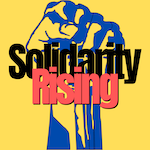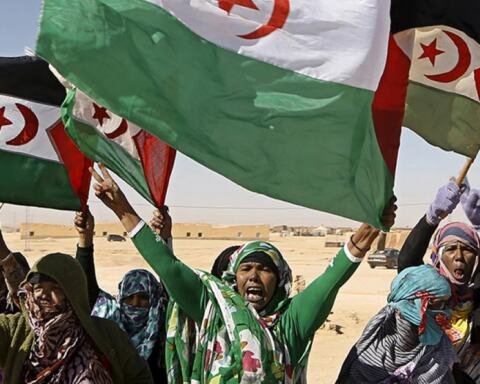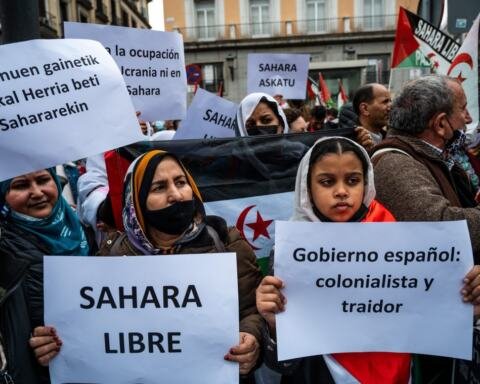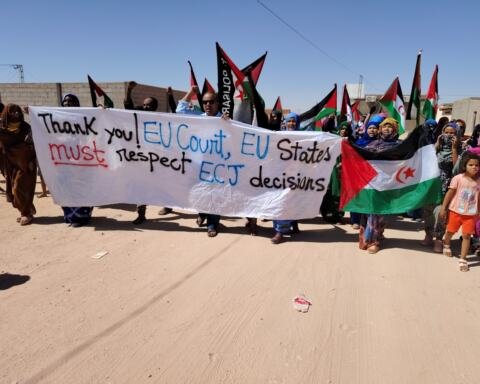By Jennifer M. Murphy & Sidi M. Omar (2013)
This article explores the emergence of indignant movements globally in response to neoliberal globalization, focusing on the “Sahrawi Spring” in Moroccan-occupied Western Sahara as a case study. Drawing from Paulo Freire’s pedagogy of the oppressed and Aníbal Quijano’s critique of power relations, it discusses the coloniality of power and its impact on postcolonial societies. Frantz Fanon’s notion of violence as a liberating force is contrasted with Simone de Beauvoir’s concept of freedom through the freedom of others. The Gdeim Izik protest camp in Moroccan-occupied Western Sahara is examined as a transformative act of nonviolent resistance, challenging colonial oppression. The camp’s significance lies in its discursive, spatial, and sociocultural dimensions, reflecting a shift from socioeconomic to political demands and reinforcing Sahrawi national identity. By reclaiming space and employing diverse aesthetic agencies, the participants exemplify a move from victimhood to indignation, demonstrating the potential of creative nonviolent activism in challenging colonial occupation and fostering political engagement.
Full article
Aesthetics of Resistance in Western SaharaSource: TandF online
Peace Review: A Journal of Social Justice, 25:349–358
Copyright: Taylor & Francis Group, LLC
ISSN 1040-2659 print; 1469-9982 online
DOI: 10.1080/10402659.2013.816553
AuthorJennifer M. Murphy & Sidi M. OmarYear2013Pages11LanguageEnglish
Share via
Related resources
The Western Sahara Dispute: A Cautionary Tale for Peacebuilders
The UN and MINURSO have succeeded neither inconducting a referendum nor in…
Western Sahara as a Hybrid of a Parastate and a State-in-Exile: (Extra)territoriality and the Small Print of Sovereignty in a Context of Frozen Conflict
Within the liminal universe of parastates, what makes Western Sahara/SADR…
The Front Polisario Verdict and the Gap Between the EU’s Trade Treatment of Western Sahara and Its Treatment of the Occupied Palestinian Territories
Morocco’s control over Western Sahara and Israel’s control of the West Bank…



